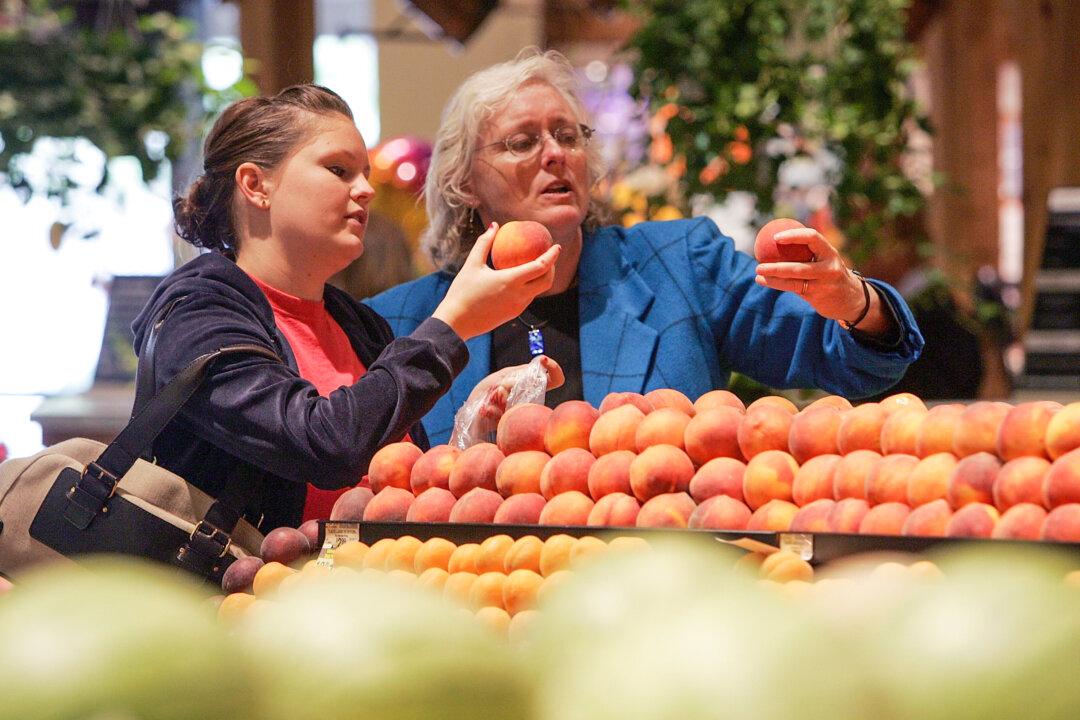“An apple a day keeps the doctor away” says the proverb—but maybe not in communist China. Due to a lack of regulation and enforcement, farmers in China regularly add dangerous amounts of fertilizers, preservatives, pesticides, and other chemicals in an attempt to accentuate the attractiveness of their fruit and vegetables. In manufacturing, food safety becomes even more difficult to control, as manufacturers often cut corners and add dangerous ingredients to create products for lower costs.
While there is no way to know whether the same fruits contaminated in China are those exported to the United States, the U.S. Food and Drug Administration inspects less than 3 percent of imports for violations and deficiencies.
Here are 5 fruits imported from China to the U.S. that you may want to avoid.
1. Apples






